|
80x5 -
240x3 -
240x4 -
320x1 -
320x2 -
320x3 -
640x1 -
640x2
Set display option above.
Click on
images to enlarge. |
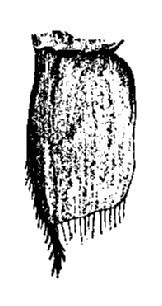
© Richardson, 1905
· 1
Haplophthalmus danicus, fifth, pleopod |
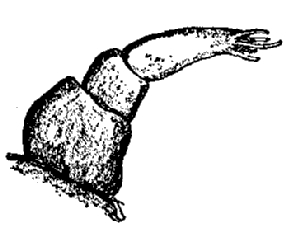
© Richardson, 1905
· 1
Haplophthalmus danicus, first, antenna |
|
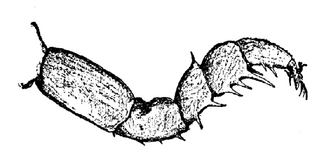
© Richardson, 1905
· 1
Haplophthalmus danicus, first, leg |
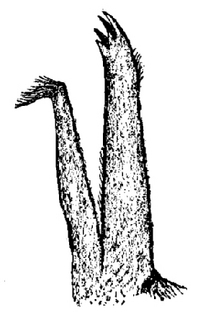
© Richardson, 1905
· 1
Haplophthalmus danicus, first, maxilla |
|
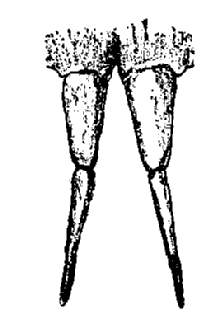
© Richardson, 1905
· 1
Haplophthalmus danicus, first, pleopod |
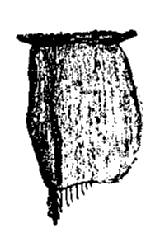
© Richardson, 1905
· 1
Haplophthalmus danicus, fourth, pleopod |
|
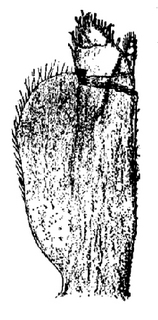
© Richardson, 1905
· 1
Haplophthalmus danicus, maxilliped |
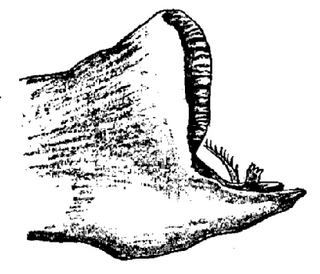
© Richardson, 1905
· 1
Haplophthalmus danicus, right, mandible |
|
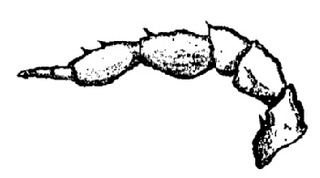
© Richardson, 1905
· 1
Haplophthalmus danicus, second, antenna |
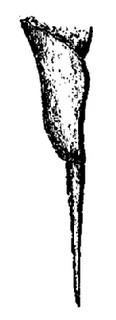
© Richardson, 1905
· 1
Haplophthalmus danicus, second, pleopod |
|
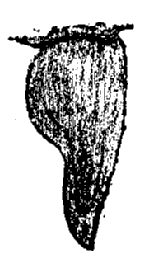
© Richardson, 1905
· 1
Haplophthalmus danicus, third, pleopod |
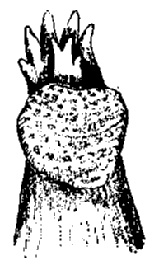
© Richardson, 1905
· 1
Haplophthalmus danicus, tip, left, mandible |
|
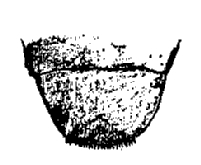
© Richardson, 1905
· 1
Haplophthalmus danicus, upper, lip |
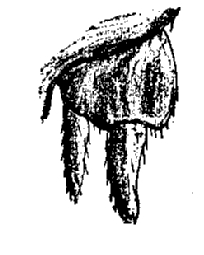
© Richardson, 1905
· 1
Haplophthalmus danicus, uropod |
|
Identification |
Reprinted from Richardson, H. 1905. Isopods of North America. Bulletin No. 54 of the United States National Museum.
Locality —Wells in Indiana.
Male. - Body elliptical, length about three times the breadth, dorsal surface strongly convex, covered with longitudinal rows of low tubercles and scattered setae. Segments of the peraeon about equal in length, the posterior pleural angle of all, except the first, more or less produced backward. P1eurae of third, fourth, and fifth segments of the pleon thin and directed backward and outward. Terminal segment of abdomen notched behind and with the postero-lateral margins concave. Uropods exserted, short, outer ramus longer than inner; both rami setose. Front margin of head very slightly produced. Antennae longer than the greatest breadth of the body; first and second segments of medium length, third short, fourth and fifth long; flagellum short, pinniform, composed of three very small, closely articulated segments. Antennae geniculate between segments four and five. Antennules minute, composed of three segments entirely concealed by the front of the head, sensory filaments five. Eyes small, simple. Upper lip regularly rounded in front and with a median triangular patch of setae. Mandibles large and powerful, bearing on the inner surface a broad, ridged molar tubercle; on the anterior surface, one or two delicate, branched sensory styles. The cutting portion of the mandibles is different; that on the left consists of two portions, an outer with four heavy teeth and an inner with three much smaller teeth; the outer mandible has but one row of three or four large teeth which, when closed, fit in the space between the two rows of teeth of the mandible first described. The first maxilla has both branches erect, the outer bearing five or six acute curved teeth, the inner three delicate plumose flagelliform processes. The second maxilla consists of two strap-shaped lamellae closely applied to one another and bearing setae at their ends. The maxilliped is a broad, low, flattened plate, with straight inner and rounded outer margins, and bearing at the tip two obscurely segmented setose processes. The peraeopods are similar in general to one another, differing only in the arrangement and strength of the spines.
The first and second pairs of pleopoda are two segmented, slender,
and styliform. The second pair appear to be the sexual organs, while
the first are to some degree rudimentary.
The third pleopod is flattened and somewhat operculiform.
The fourth and fifth pleopods are broad, flat, thin, and lie flat upon one another and the last segment of the pleon. They and the preceding are the branchial appendages of the animal.
“The uropoda have been already described.
Color white; eyes black; intestine showing through the shell as grayish line.
Female: Similar in general characters to the male, but with the following differences: Body not more than two and one half times as long as wide. First and second pleopods absent. Peraeopods, with flattened plates, forming a brood or egg chamber.
Length, 3 to 4 mm.
|
|
| Supported by | |
Updated: 2024-04-24 02:20:40 gmt
|